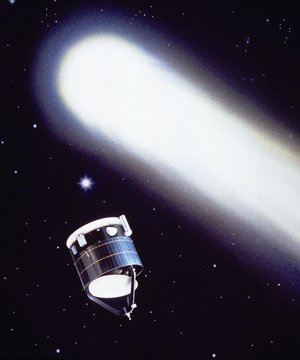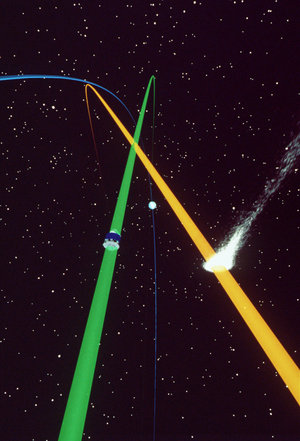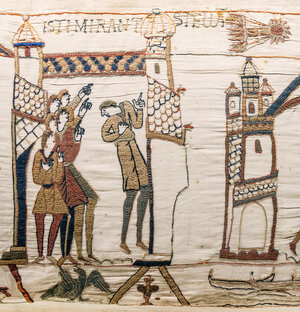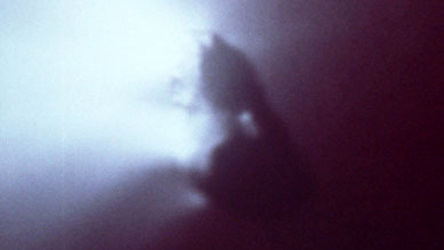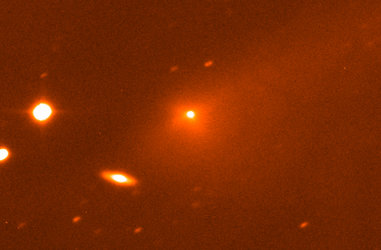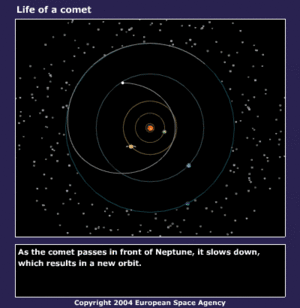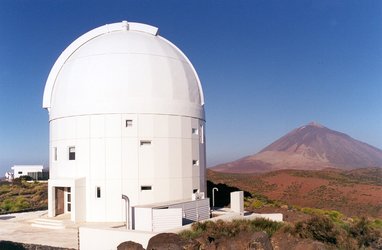Giotto’s second comet encounter
After the encounter on 15 March, the Giotto spacecraft still had 60 kilograms of fuel available, so the option was open to continue Giotto’s voyage of exploration.
A series of three small orbital corrections ensured that it would return to Earth almost exactly five years after launch. On 2 April 1986, the spacecraft was placed into hibernation in the hope that it could be successfully revived and dispatched on another mission.

In February 1990, the signal was sent to reawaken Giotto. After such a long period without contact, controllers had no idea whether the harsh environment of space had damaged its systems.
Another unknown was the direction in which the main antenna was pointing. The only hope was that an omni-directional low-gain antenna would detect the wake-up signal.
Two hours later, a weak answer from Giotto was received at the NASA Deep Space Network ground station near Madrid, Spain. Within a week, full control was regained and the ESA team was able to assess its condition.
Three science instruments proved fully operational, while four more were partially damaged but usable. Although the remaining three instruments, including the camera, were disabled, it was decided to redirect the spacecraft towards a second comet, Grigg-Skjellerup.

On 2 July 1990, Giotto’s orbit was altered as it flew past Earth at a distance of 22 730 kilometres. This was the first time a spacecraft coming from deep space had used Earth for a gravity-assist.
During the fly-by, observations were made of Earth’s magnetic field and energetic particle environment.
After another prolonged hibernation, Giotto’s payload was switched on in the evening of 9 July 1992. The Grigg-Skjellerup fly-by took place the following day, about 215 million kilometres from Earth.
Giotto crossed the bow shock and entered the dust coma about 17 000 kilometres from the comet. Aimed directly at the nucleus, Giotto missed by a mere 100 to 200 kilometres — the closest ever cometary fly-by.
For more information:
Gerhard Schwehm, ESA Rosetta Project Scientist
E-mail: gerhard.schwehm @ esa.int






